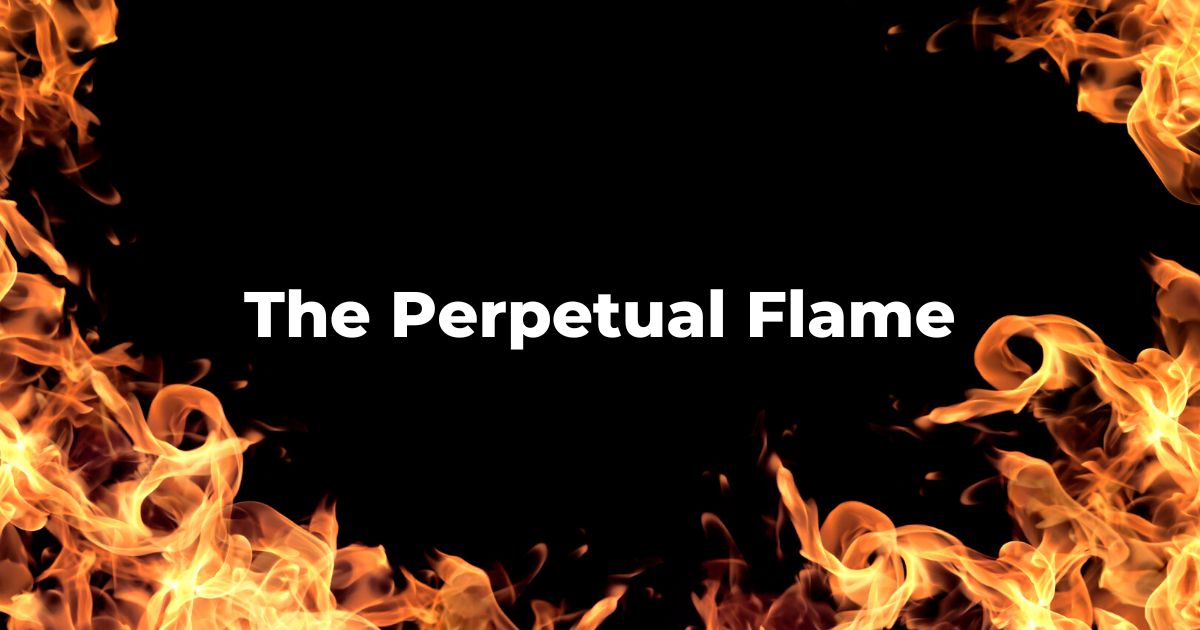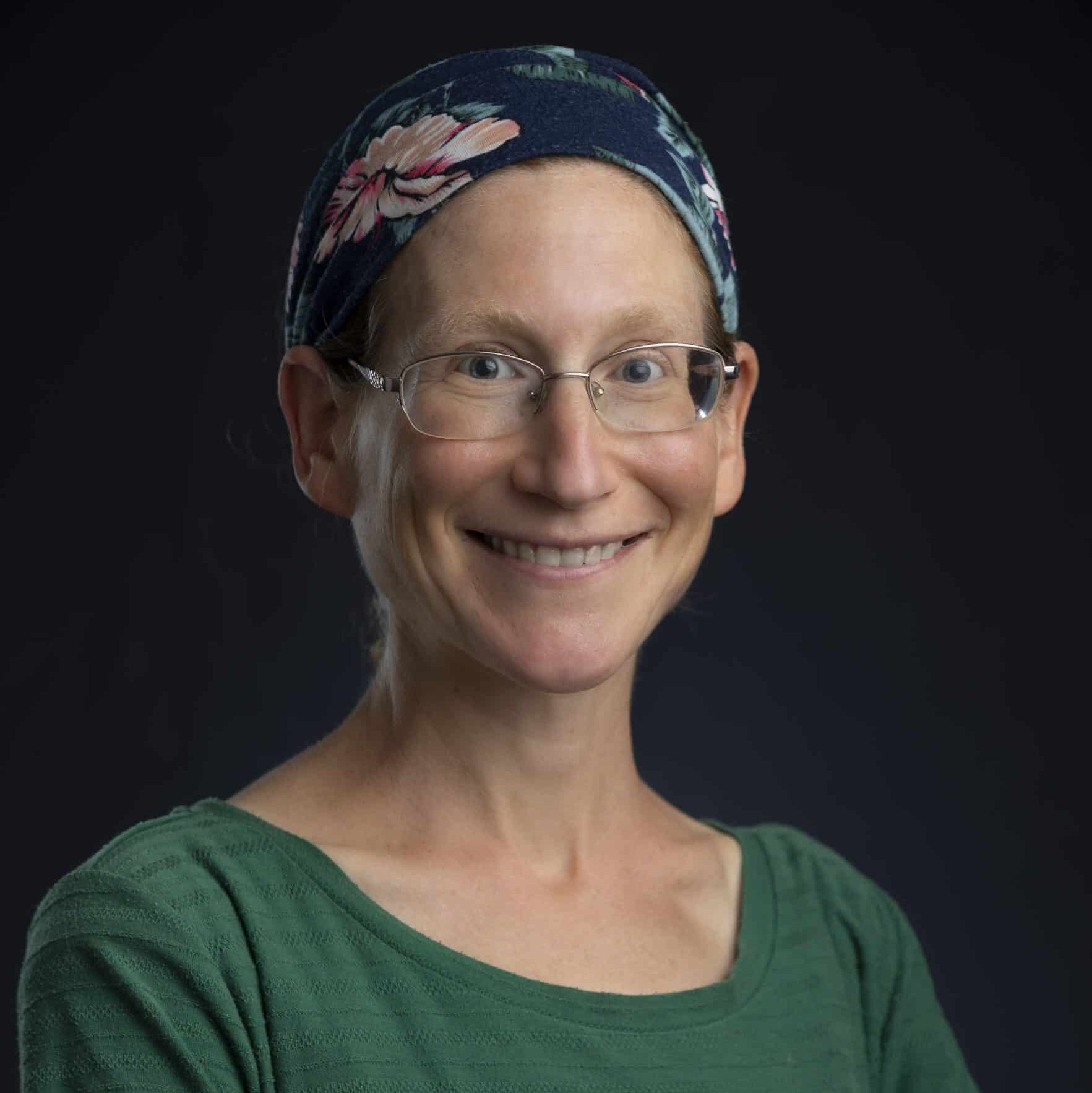Our parashah details the various types of sacrifices offered in the Tabernacle, explaining the specific laws pertaining to each offering: which had to be burned entirely on the altar, which were consumed by the priests, which could not be eaten after a certain time.
We learn the reasons for various types of sacrifices: Some were brought to atone for sin, others as an expression of gratitude, and still others to mark significant occasions in the life of the individual.
But even at times when there was no need for a sacrifice to be offered, it was forbidden to extinguish the fire on the altar: “A perpetual fire shall be kept burning on the altar, not to go out” (Leviticus 6:6).
What is the significance of this perpetual flame, and how can it inform our own spiritual practice?
On Jerusalem Talmud Yoma 4:6 teaches that the “perpetual flame” (esh tamid) had to be kept burning at all times, even when the priests were impure and could not offer sacrifices. The Talmud adds that when the Israelites were in the wilderness, they had to keep a fire burning on the altar even when traveling from one encampment to another.
In order to ensure that the flame would not be extinguished while they were traveling, they would cover the altar with a special copper vessel created for this purpose.
At times when the altar was not and could not be in use—because the Israelites were traveling, and the Tabernacle itself was being transported in pieces on the shoulders of the Levites—it was essential that it remain lit.
This stipulation seems surprising when we consider that the burning altar was not the only perpetual fire in the Tabernacle.
As we learned in Parashat Tetzaveh, Aharon and the priests also had to kindle a “perpetual lamp” (ner tamid) to burn in the sanctuary (Exodus 27:20).
The Talmud (Menachot 86b) explains that this lamp, the ner tamid, refers to the westernmost candle on the seven-branched Menorah, which received the same amount of oil as the other six lamps, yet miraculously burned all night long.
The rabbis discuss the purpose of this light, explaining that it could not have been for the sake of illumination at night during the Israelites’ wilderness wanderings, since they were guided by the pillar of fire. Rather, they explain, this perpetual miracle served as testimony to all of humanity that the Divine Presence rests among the Jewish people.
The candle on the Menorah burned perpetually as a sign of God’s enduring presence. What, then, was the purpose of the continually-burning fire on the altar?
The Mishnah in Mishnah Shekalim 4:4 explains that even when no one had any offerings to bring on the altar, it was necessary to offer sacrifices continuously from the leftovers of the public funds contributed to the Temple.
Perhaps the continually burning flame on the altar, then, was a sign of the devotional impulse. Even when there was no need to offer a particular sacrifice, sacrifices were nonetheless offered as a sign of our eternal readiness and commitment to give of ourselves and draw close to God.
The ner tamid and the esh tamid were thus in a sense complementary: the ner tamid represented God’s continual presence, and the esh tamid represented the people’s continual readiness to give.
In the absence of a Temple, how do we keep these lights aflame?
There are many ways of keeping our inner altar burning, and what works for one person may not work for another.
Some people may find that daily prayer—even on days when we have nothing in particular to say to God—ensures that this channel of communication remains open, so that when we do need to talk to God, we have the language with which to do so.
For others, a practice of regular study—daf yomi (or daf shevui, run by the CY’s own Rosh Yeshiva, Josh Kulp) or the weekly parashah—is a way of remaining in touch with something beyond and greater than ourselves.
Still others may feel that a regular commitment to helping those in need—delivering food baskets, visiting an old age home, making phone calls to the homebound—ensures that the impulse to give and sacrifice of ourselves remains healthy and strong within us.
We cannot always wait for the devotional impulse to well up inside us.
In my own life I have gone through periods when I’ve felt so depleted that any spiritual flame is dimmed within me. I have learned that if I establish routines—perpetual flames—in my more hopeful moments, then these practices will carry me through the difficult times.
Sometimes it can feel as if I am merely going through the motions, my brain and body on autopilot. But inevitably at some point—after a few days, or a few weeks, or perhaps even longer—the fire will burn more brightly inside me.
Our parashah teaches us that in those moments when we don’t feel we have anything to offer, we offer nonetheless. We take from the leftover funds, the habits and disciplines we have already cultivated, because they enable us to keep the fire burning.
If we are fortunate, the sacrifices that come merely from the “leftover funds” inside us will eventually combust into an offering of wholeness, and we will recognize that the light of the divine presence continues to burn within us.
See more: Parashat Tzav
Originally posted as part of the Conservative Yeshiva at the Fuchsberg Jerusalem Center’s Torah Sparks. Support Torah learning from the Fuchsberg Jerusalem Center/Conservative Yeshiva for leaders and seekers around the world here.
Authors
-

Ilana Kurshan teaches Talmud at the CY. She is the author of If All the Seas Were Ink (St. Martin’s Press, 2017) and Why is This Night Different From All Other Nights (Schocken, 2005). She has a degree in History of Science from Harvard and in English literature from Cambridge, and has worked in literary publishing both in New York and in Jerusalem – as a translator, a foreign rights agent, and as the Books Editor of Lilith Magazine. Since October 2020, Ilana has been a regular contributor to Torah Sparks, FJC’s weekly parashat hashavuah blog.
-



The Fuchsberg Jerusalem Center (FJC) is a home in the heart of Jerusalem where leaders and seekers can find an authentic place in Jewish tradition to call their own. FJC offers opportunities to study, pray and explore within an egalitarian and inclusive setting, creating multiple pathways for finding personal and communal meaning.




